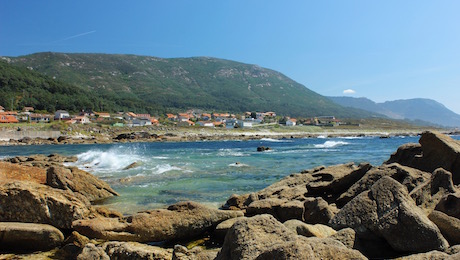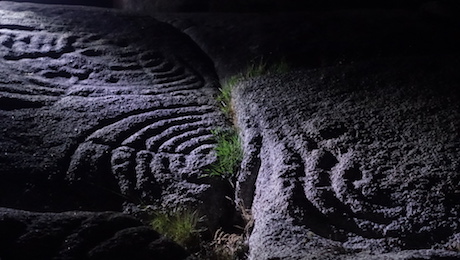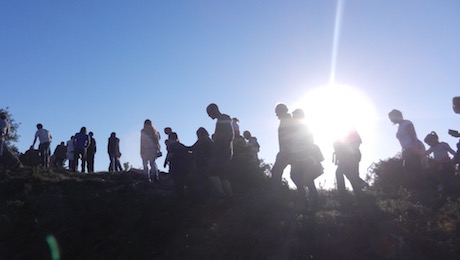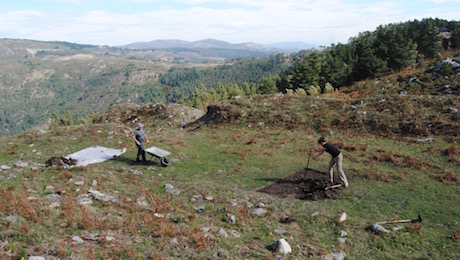The unique communal ownership of land at Costa dos Castros means it’s the people who live there who decide what to do with it, and what they want to do is archaeology. Here’s why.
The hillforts, the rock art, the woodland… it’s the local residents who own most of the historical and natural heritage of Costa dos Castros.
In fact, a quarter of Galicia’s territory is communally owned by the people who live there, thanks to a unique land ownership system that dates back to the 19th century: the comunidades de montes (“country communities”). Anyone can become a comuneiro (member of a comunidade), as long as they live in the area. Today, there are 2,800 comunidades de montes in Galicia, four of which are in Costa dos Castros.
How are comunidades organized?
The land of a comunidade is privately owned by all the comuneiros, but it cannot be shared out or sold, and any profit gained must go back into the community.
All decisions about the land are debated and voted on by the comuneiros in assemblies that take place at least once a year. The governing body of each comunidade is chosen democratically at least every 4 years.
The comunidades of Costa dos Castros have over 600 comuneiros, although their influence in the local community is even greater, considering many of the comuneiros represent whole households.
Why do the comuneros of Costa dos Castros want to do archaeology?
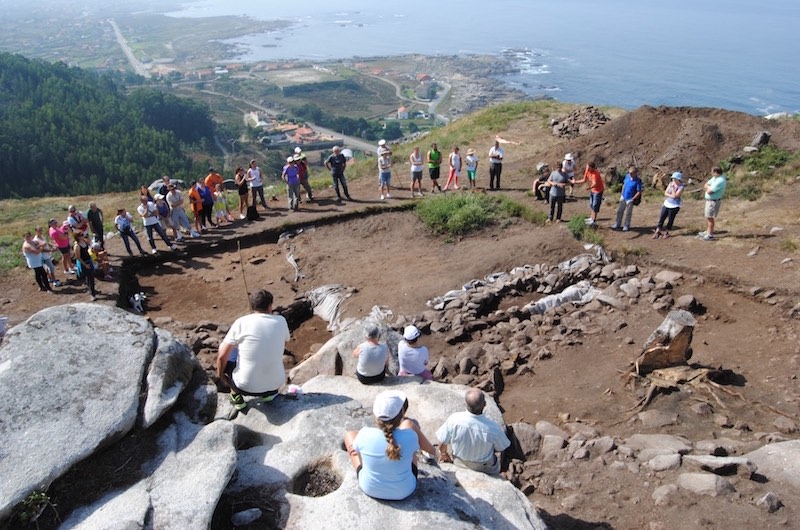
Traditionally, the communal land owned by a comunidade was used to obtain compost (from ferns, heather, gorse…), provide pasture for grazing and cultivate cereals for feeding farm animals.
In the mid 20th century, large swathes were replanted with fast-growing, invasive eucalyptus to produce cheap wood pulp as a result of state monocultivation policies under the direction of General Franco.
Although wood production remains a main source of income for most comunidades today, many (like those at Costa dos Castros) are searching for alternative, more sustainable ways to manage their land, such as growing native fruit trees, mushroom gathering, honey production and eco and heritage tourism.
Four comunidades, four priorities
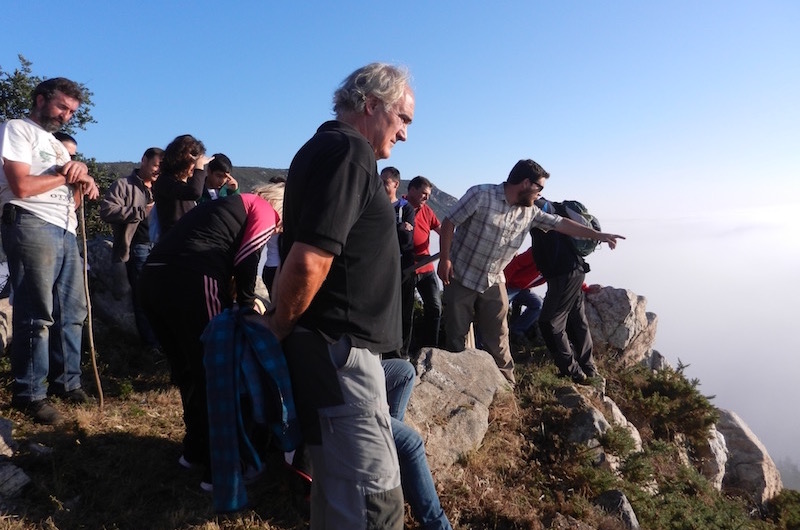
The people of Costa dos Castros are lucky enough to have the remains of ancient lives on their land. From Bronze Age rock art to Iron Age hillforts, there’s plenty of evidence that people have lived here for thousands of years, modifying the landscape, and even entire hilltops, depending on their needs throughout history.
Today the four comunidades de montes of Costa dos Castros want to protect and enhance these hillforts and surrounding rock art panels as testimonies of ancient life in the area.
-The comunidade of Mougás aims to dig another round house at castro A Cabeciña and create a botanical path from the hillfort to the arboretum.
-Viladesuso wants to focus on clearing the Cano dos Mouros hillfort, home to the legendary Rei Sol (“Sun King”).
-Pedornes’ priority is to conserve the rock art gem of Costa dos Castros: the petroglyph of Auga dos Cebros depicting a Mediterranean boat.
-Finally, Oia aims to carry out its second dig and decipher the unsolved mysteries of Chavella hillfort.
You can help the community of Costa dos Castros make all of this happen. Come and dig with us and collaborate with our campaign to be part of a 100% community-led, sustainable project.

